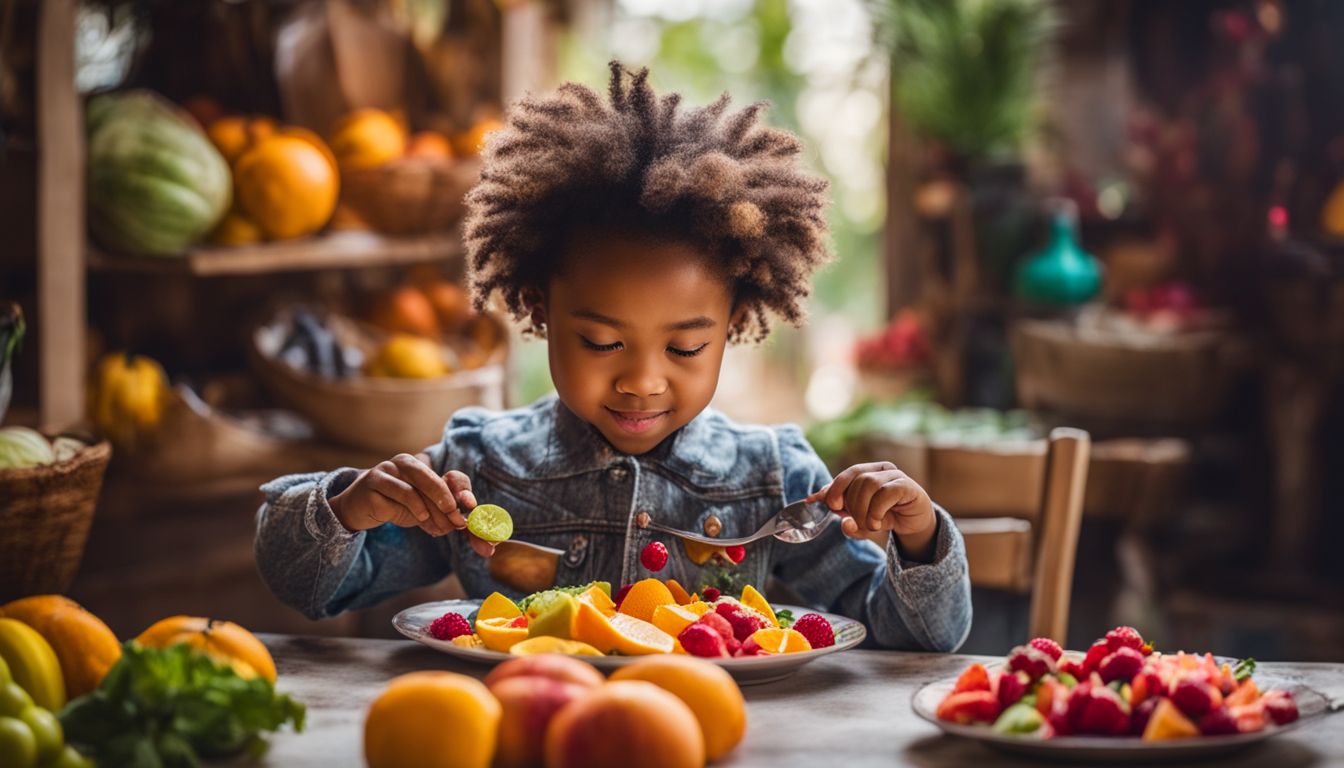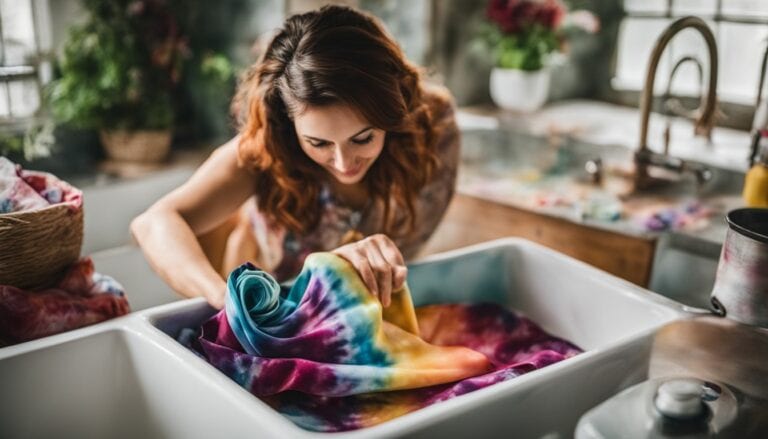What Are The Harmful Effects Of Dye? | Are Food Dyes (Coloring) Slowly Killing You? Find Out Now!
Are you aware of the potential risks lingering in your colorful foods and clothing? It’s hard to imagine, but the vibrant dyes used to appeal our senses can inadvertently harm our health.
This article will delve into the harmful effects of these alluring artificial dyes, shedding light on their hidden dangers. Let’s uncover the truth behind these radiant hues!
Key Takeaways
- Artificial dyes used in food can cause inflammation in the body, which has been linked to serious health problems like heart disease and diabetes.
- These synthetic dyes can disrupt our immune system and weaken our ability to fight off illnesses.
- Certain artificial dyes have been associated with cancerous tumor development and may increase the risk of developing cancer.
- Children who are sensitive to artificial dyes may experience hyperactivity and behavioral changes.
What Are Artificial Dyes?
Artificial dyes are synthetic color additives commonly used in processed foods, beverages, and cosmetics to enhance their visual appeal.
Types of synthetic dyes used in food
Dyes add color to our food. They come in many types. Here is a list of some common ones:
- Red Dye 40: This dye adds red color. It can lead to behavior changes and allergy-like reactions.
- Blue Dye 1: This blue dye brightens up candies and drinks but may cause hives.
- Yellow Dye 5: Commonly found in cereals, it can make some people feel sick.
- Green Dye 3: It turns foods green and could be linked to tumor growth.
- Red Dye 3: Used in cherries and sweets, tests have shown it may cause cancer in animals.
Potential Health Risks of Artificial Dyes
Artificial dyes have been linked to increased inflammation, disruption of the immune system, cancerous tumor development, and hyperactivity in sensitive children. Read on to learn more about the harmful effects of these synthetic additives.
Increased inflammation

Food dyes can cause increased inflammation in the body, which can be harmful to our health. Some studies have found that certain artificial dyes, like Yellow 5 and Red 40, can trigger inflammation in people who are sensitive to them.
Inflammation is a natural response by our immune system to protect us from injury or infection, but chronic inflammation can lead to serious health problems. It has been linked to conditions such as heart disease, diabetes, and autoimmune disorders.
Therefore, it’s important for individuals who are prone to inflammation or have existing inflammatory conditions to avoid consuming foods with artificial dyes in order to reduce their risk of exacerbating these health issues.
Disruption of immune system

Artificial dyes used in food can disrupt our immune system. These dyes, like Red Dye 40, have been linked to allergic reactions and hypersensitivity in some individuals. They can cause inflammation in the body and may even weaken our immune response.
Consuming these dyes regularly can put a strain on our immune system and make us more susceptible to illnesses. It’s important to be cautious about the food we eat and try to avoid artificial dyes whenever possible.
Cancerous tumor development
Food dyes have been linked to cancerous tumor development. Some studies have found that certain artificial dyes, like Red 3, can cause cancer in animals. Although more research is needed to fully understand the impact on humans, there is concern that consuming food dyes may increase the risk of developing cancer.
It’s important to be cautious and mindful of the potential harmful effects of these synthetic dyes on our health.
Hyperactivity in sensitive children
Artificial dyes can have a negative impact on sensitive children, causing hyperactivity and behavioral changes. Synthetic food dyes, like Red Dye 40, have been linked to these issues.
Consuming foods with these dyes can lead to neurobehavioral problems in some children. It’s important for parents to be aware of the potential effects and consider avoiding products containing artificial dyes if their child is sensitive or prone to hyperactivity.
Contaminants may cause cancer

Contaminants found in artificial dyes have the potential to cause cancer. This is a concerning health risk associated with these dyes. For example, Red 3, which is commonly used in food coloring, has been shown to be carcinogenic in animal studies.
Additionally, textile dyes and other industrial pollutants are highly toxic and can also pose a risk of cancer. It is important to be aware of these contaminants and their potential harmful effects on our health.
Avoiding Artificial Dyes

To avoid artificial dyes, it is important to read ingredient labels, choose natural and whole foods, and explore natural alternatives to food dyes. Discover more ways to protect your health and well-being in our blog post.
Read ingredient labels

- Check the list of ingredients on food packaging.
- Look for any artificial dyes listed, such as Red Dye 40 or Blue 1.
- Be aware that some dyes may be listed under generic names like “color added” or “artificial color.”
- Avoid products with a long list of artificial dyes.
- Choose foods that use natural coloring, like beet juice or turmeric.
- Pay attention to any warning labels about potential allergens or artificial colors.
Eat natural, whole foods
Eating natural, whole foods is a healthy alternative to consuming artificial dyes. Here are some benefits of choosing natural options:
- Natural and whole foods do not contain artificial dyes.
- By choosing fruits, vegetables, and unprocessed foods, you can avoid exposure to harmful synthetic dyes.
- Whole foods provide essential nutrients and support overall health.
- Natural alternatives like beetroot powder or turmeric can be used as coloring agents in homemade recipes.
- Choosing whole foods helps reduce the intake of processed products that often contain artificial dyes.
Natural alternatives to food dyes
- Use fruit and vegetable juices as natural food coloring. For example, beet juice can give a red color, while spinach or spirulina can provide green color.
- Turmeric powder can be used to give a vibrant yellow color to foods.
- Matcha green tea powder can be used for a natural green color.
- Blueberries or purple sweet potatoes can be mashed and used as a natural purple dye.
- Cocoa powder can be used to achieve a brown color in baked goods.
- Instead of using artificial sprinkles or colored sugars, try using natural decorations like shredded coconut or crushed nuts.
- Experiment with different spices like paprika, saffron, or cinnamon to add natural colors and flavors to your dishes.
- Choose unprocessed or minimally processed foods, as they are less likely to contain artificial dyes.
Research on Food Dyes

Numerous studies have investigated the possible connection between food dyes and cancer, as well as the potential for allergic reactions.
Possible cancer connection

Some studies suggest a potential connection between artificial food dyes and cancer. For example, Red 3, which is commonly used as a dye, has been found to cause cancer in animals.
Additionally, many of the approved dyes raise health concerns. This means that consuming food with synthetic colors may increase the risk of developing cancer. It’s important to be aware of this possible connection and consider reducing or eliminating the use of artificial dyes in our diets to protect our health.
Allergies
Artificial dyes used in food can also trigger allergies in some people. These allergic reactions can range from mild to severe, depending on an individual’s sensitivity. Symptoms may include itching, hives, swelling, difficulty breathing, and even anaphylaxis in extreme cases.
Red Dye 40 is one of the artificial dyes commonly associated with allergic reactions. It is important for those with known dye allergies to carefully read ingredient labels to avoid consuming these harmful substances that could potentially cause allergic responses.
Conclusion

Synthetic dyes used in food can have harmful effects on our health. They may cause inflammation, disrupt our immune system, and even lead to cancerous tumor development. Some children may also experience hyperactivity due to artificial dyes.
It is important to read ingredient labels and choose natural alternatives to avoid these risks.
FAQs
1. Are there any harmful effects of dye on the skin?
Yes, some dyes can cause skin irritation, allergic reactions, or even chemical burns if they come into direct contact with your skin.
2. Can dyeing your hair have negative effects on your scalp?
Yes, certain hair dyes can irritate the scalp and cause itching, redness, or flaking. It is important to choose gentle products and follow instructions carefully to minimize these effects.
3. Do dyes used in food have any harmful effects on our health?
Some food dyes may be linked to allergic reactions or hyperactivity in children. It’s best to read labels and limit consumption of artificially colored foods if you are concerned about potential side effects.
4. Can prolonged exposure to dye fumes be harmful?
Inhalation of dye fumes for long periods can irritate the respiratory system and lead to symptoms like coughing, wheezing, or difficulty breathing. Proper ventilation should be maintained when working with dyes in enclosed spaces.







